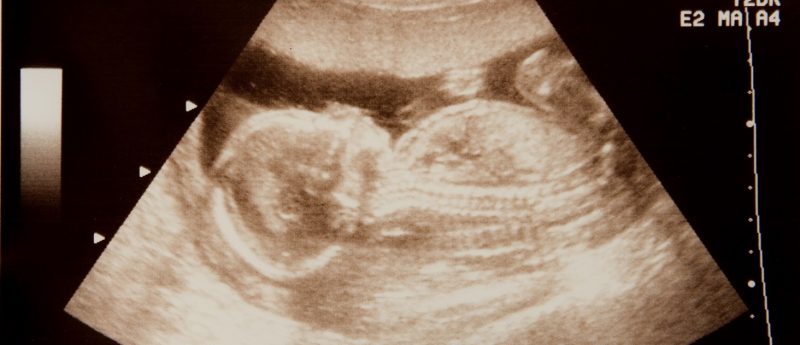First in-the-womb stem cell clinical trial for brittle bone disease announced

A clinical trial commencing in January 2016 and led by the Karolinska Institute (Sweden) and Great Ormond Street Hospital (UK) aims to find a cure for osteogenesis imperfecta
The first clinical trial involving the injection of fetal stem cells into babies in the womb has been announced. It is hoped that the stem cells will help reduce the symptoms of osteogenesis imperfecta, an incurable brittle bone disease. The trial, starting in January, will be led by Sweden’s Karolinska Institute and by Great Ormond Street Hospital in the UK and will recruit patients for 2 years.
Osteogenesis imperfecta affects around one in every 25,000 births and can be fatal in babies born with multiple fractures. Those who survive face up to 15 bone fractures a year, brittle teeth, impaired hearing and growth problems. The disease is caused by mutations errors that affect the collagen, which is either missing or of poor quality and causes the bone structure not to develop properly.
Lyn Chitty, from Great Ormond Street Hospital, will carry out genetic testing to search for the defects that lead to the condition: “this is a very serious disease. Our objective is to see if in utero stem cell therapy can ameliorate the condition and the number of fractures.”
The stem cells will come from terminated pregnancies. The type of stem cell being used develops into healthy bone, cartilage and muscle, will be infused directly into the affected fetuses. Fifteen babies will receive the infusion in the womb and once after they are born. A further 15 will only have the treatment after birth and the number of fractures will be compared to untreated patients.
Adam, from Farnborough in Hampshire, was born with broken arms and a fracture in his spine. Now, at 21 years of age, he has already suffered 30 to 40 bone fractures: “The idea of a cure coming out or something to help at such an early age is just fantastic news.”
Stem cell transplants appear to ease symptoms in children however starting earlier when bones are developing and growing rapidly is potentially more effective. ‘In-the-womb’ fetal stem cell transplants have been tried in two cases of osteogenesis imperfecta; however, a clinical trial will enable the assessment of the effectiveness and safety of the therapy. Other bone diseases such as Duchenne muscular dystrophy could one day also benefit from such therapies.
“If we could reduce the fracture frequency, strengthen bone and improve growth it would have a huge impact,” explained Cecilia Gotherstrom, from the Karolinska Institute. “It is the first in-man trial and, if successful, it will pave the way for other prenatal treatments when parents have no other option.”
The first infusion will take place 20—34 weeks into the pregnancy, when the gonads have formed and there is no risk of the donated cells becoming part of the recipient’s sperm or eggs. Furthermore, the possibility of tissue rejection is low. Commenting on the trial, is Dusko Ilic, reader in stem cell science at King’s College London: “Any attempt to help the patients suffering this terrible, debilitating disease is more than welcome.”
However, he argues that the disease varies widely from patient to patient that it could be difficult to prove how effective the stem cell therapy is. “People with the same type of osteogenesis imperfecta may present a different clinical picture, even within the same family. At the same time, cellular therapy is unlikely to work to the same extent in different individuals,” stated Ilic. ”How will we know whether a milder phenotype in a child that received the treatment is natural or is a result of the treatment?”